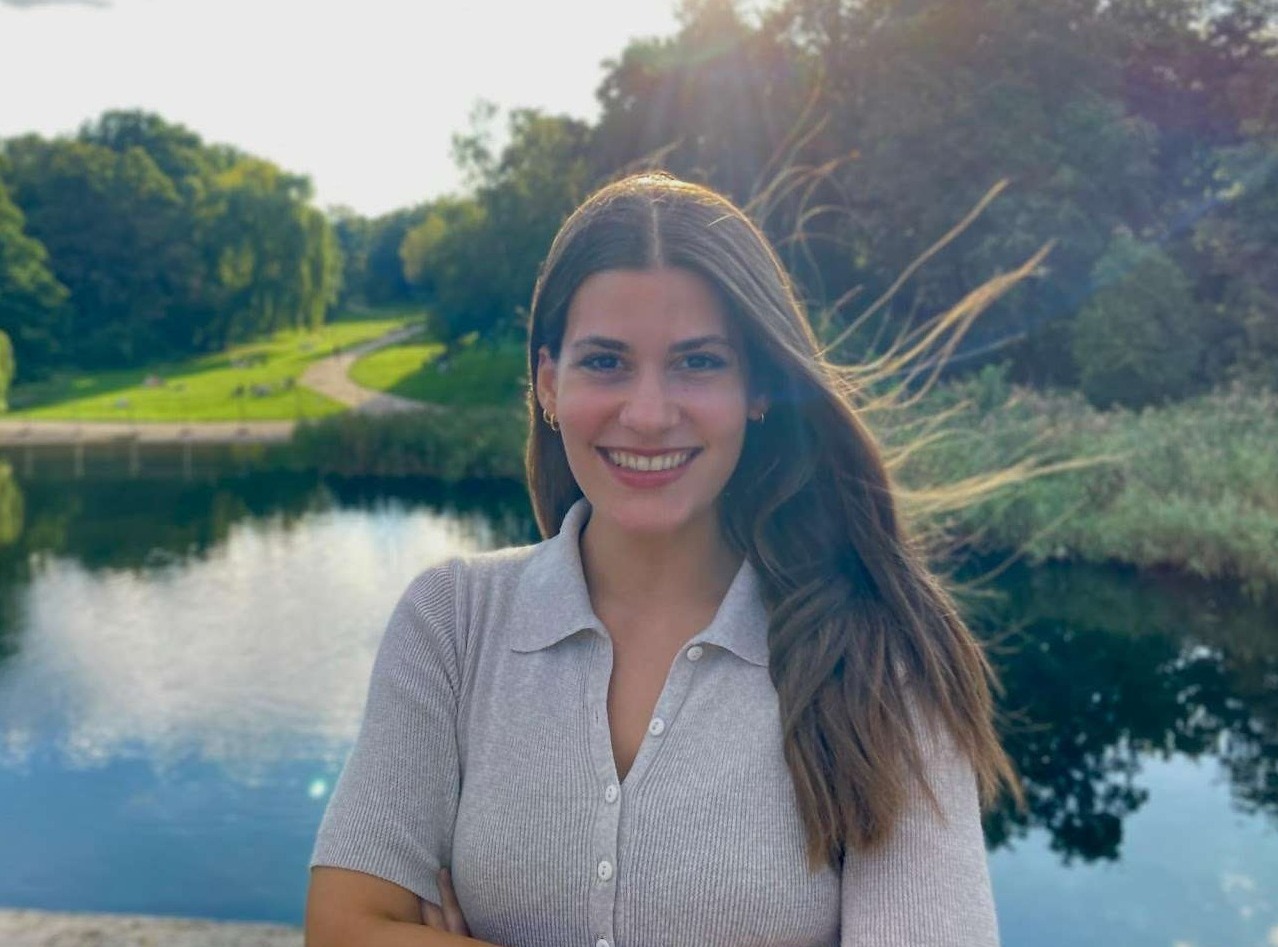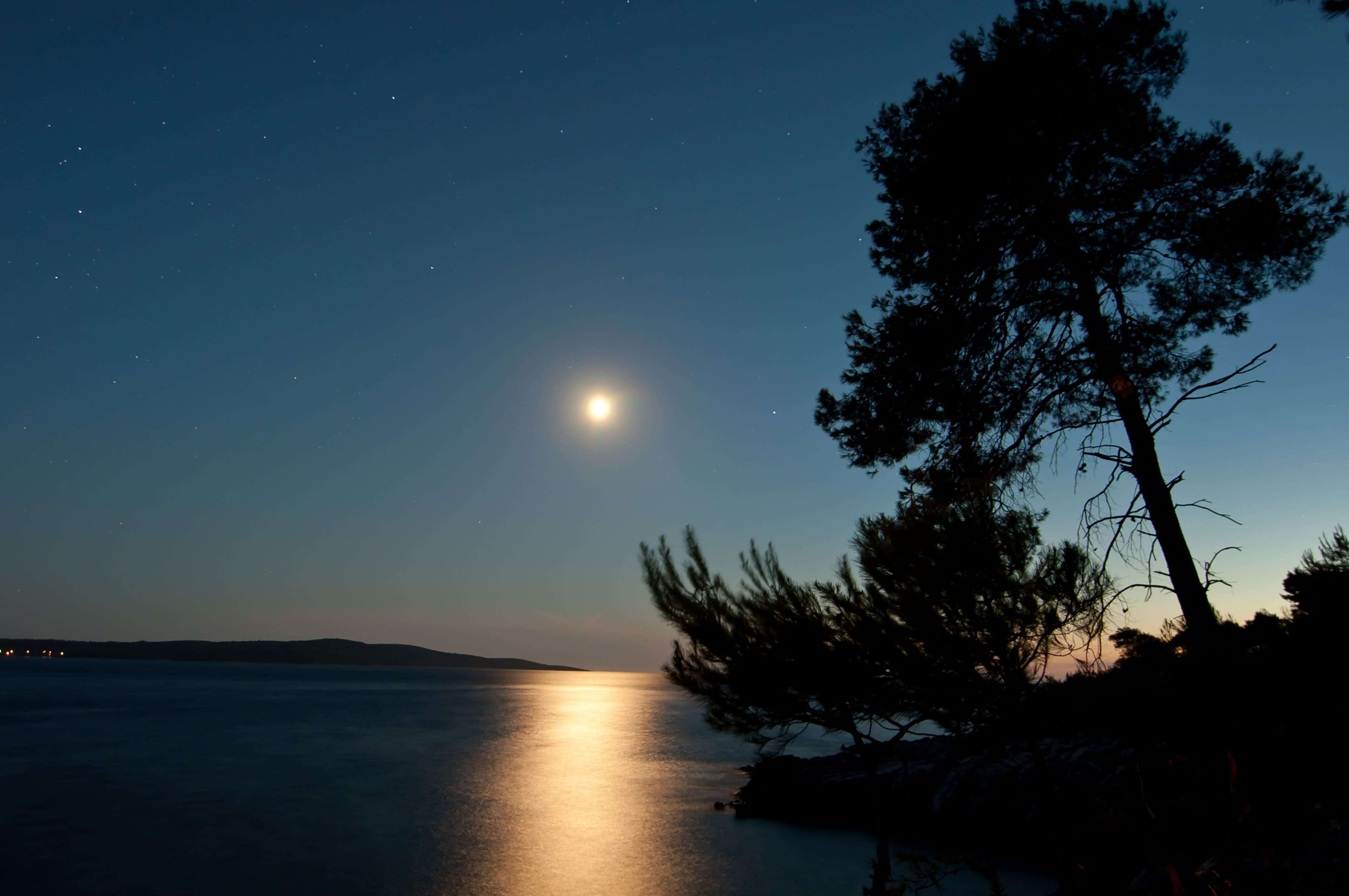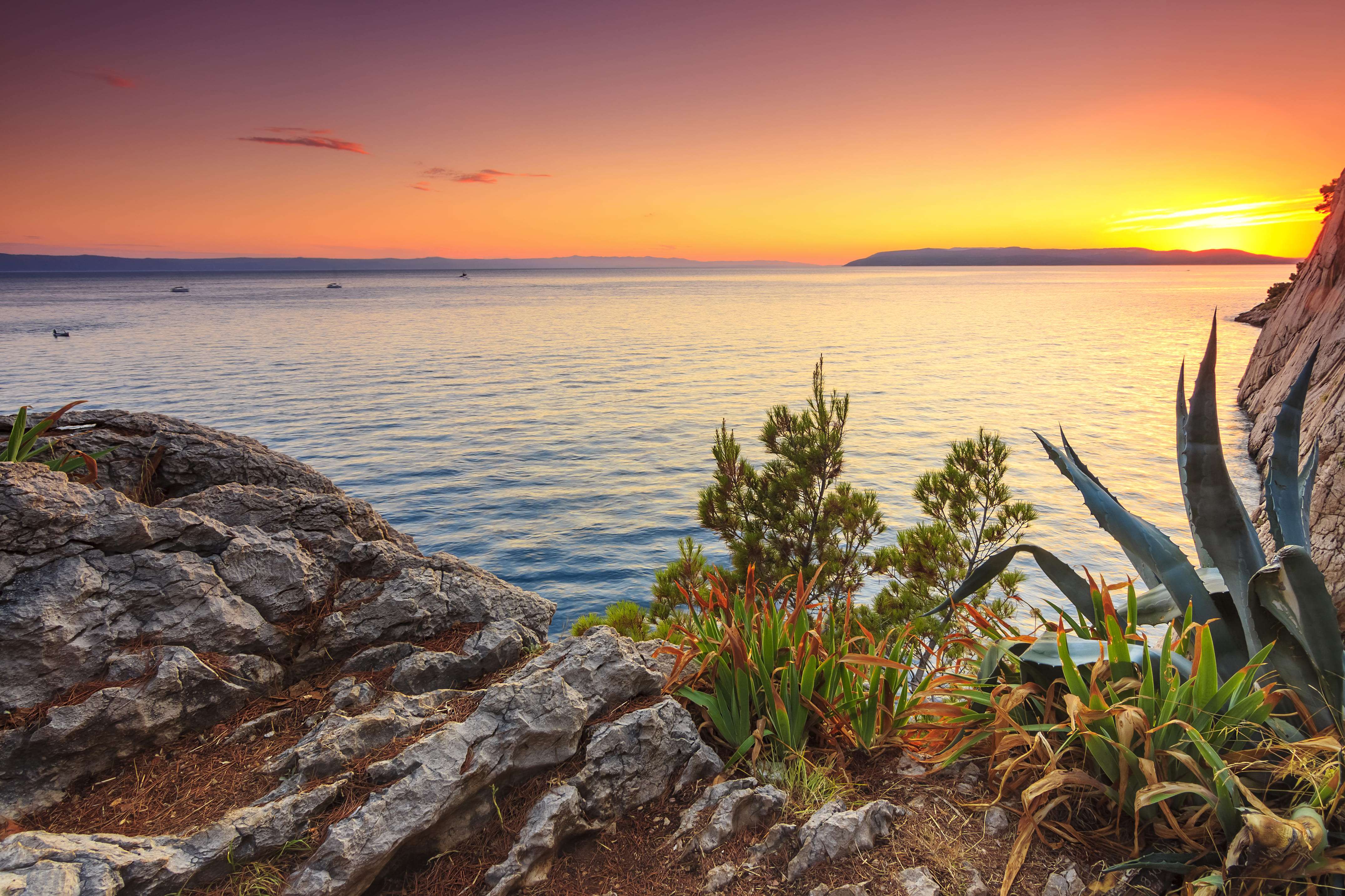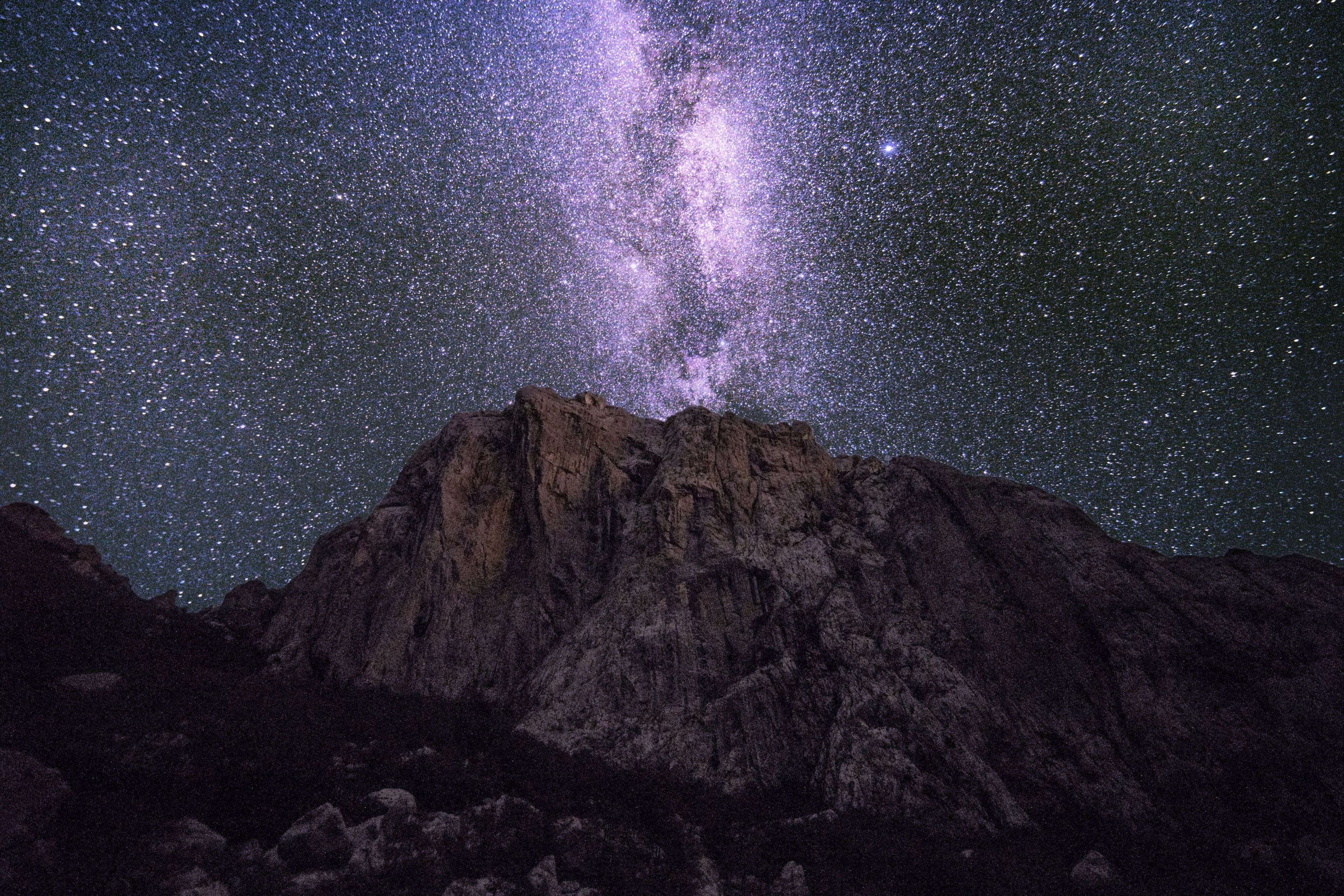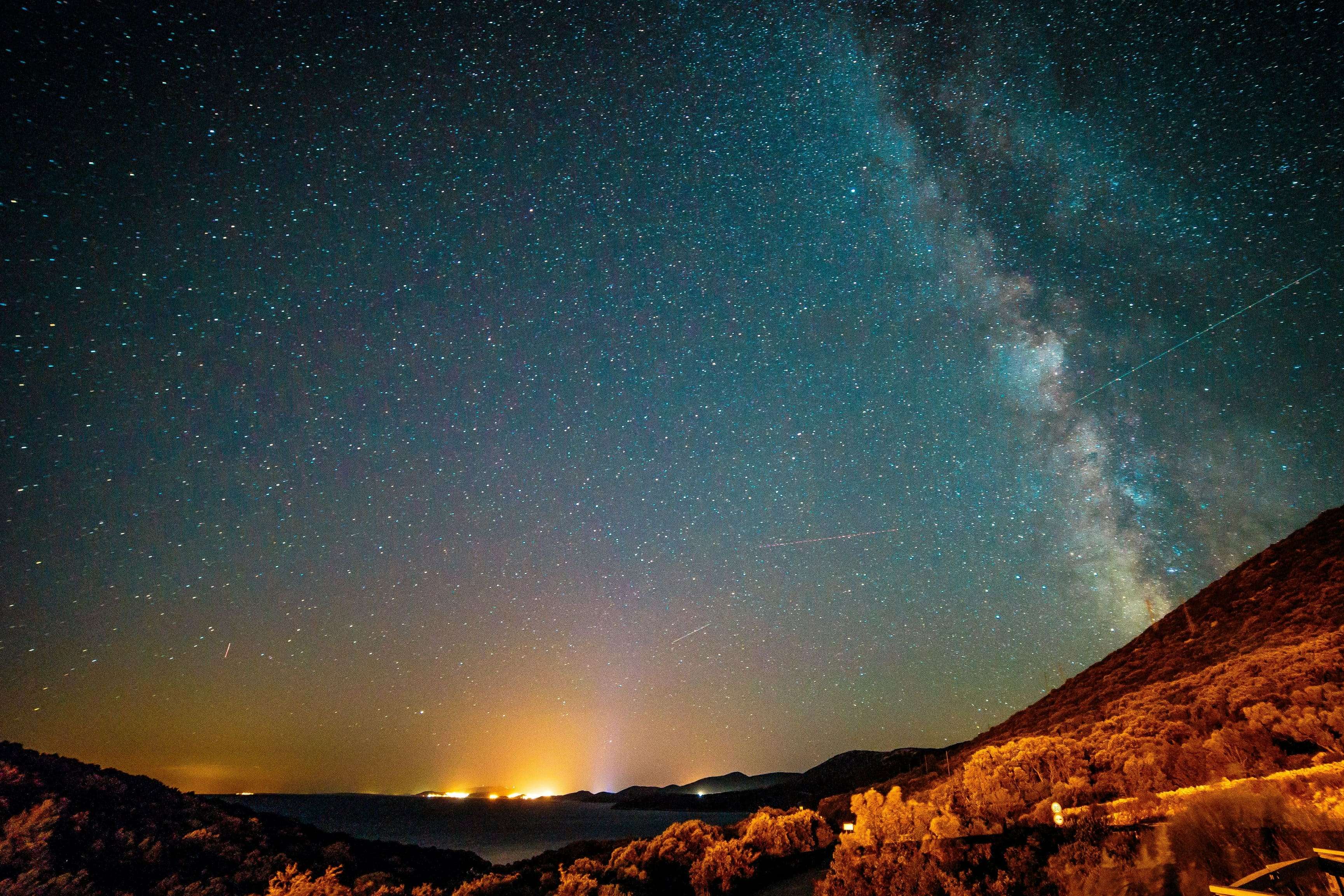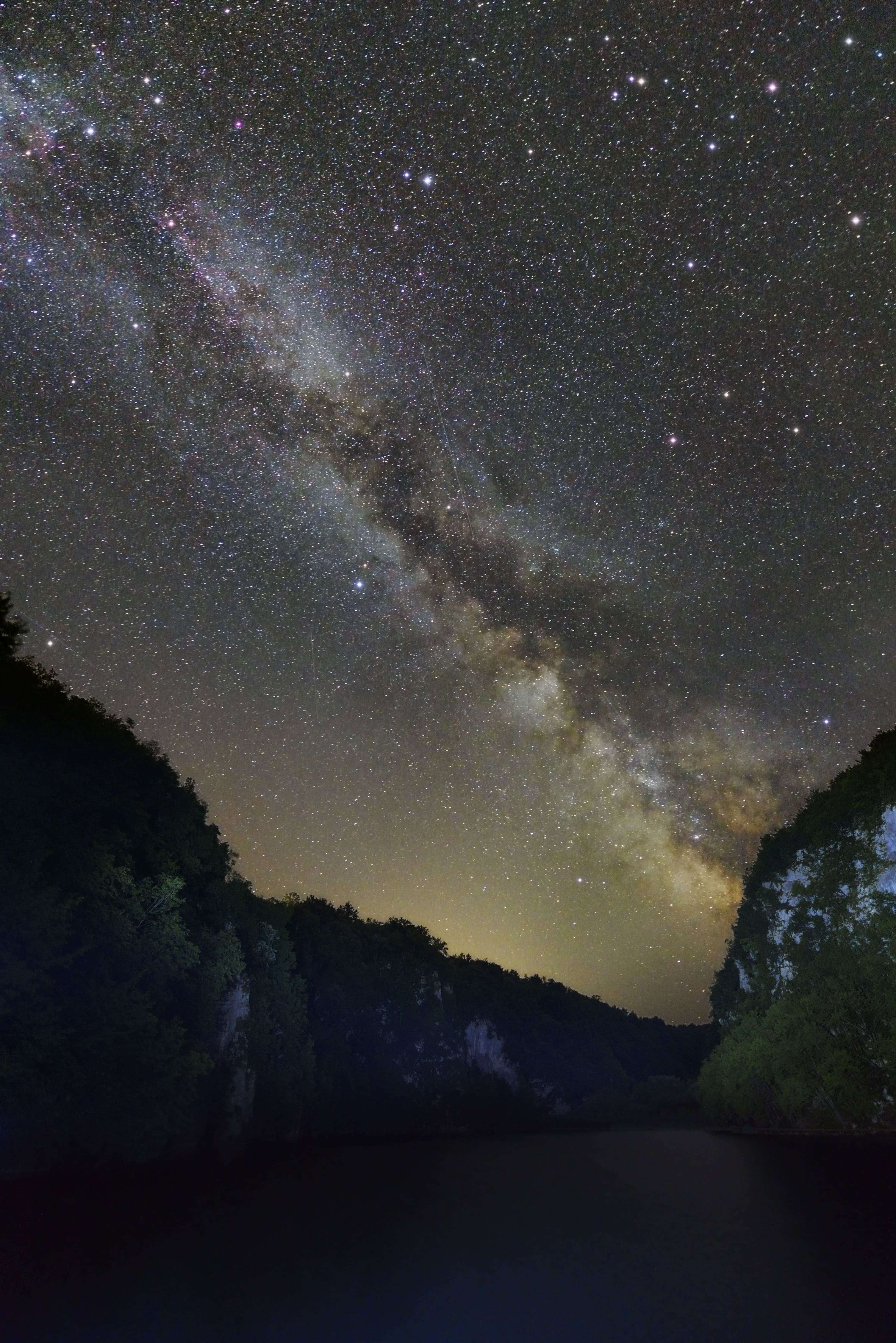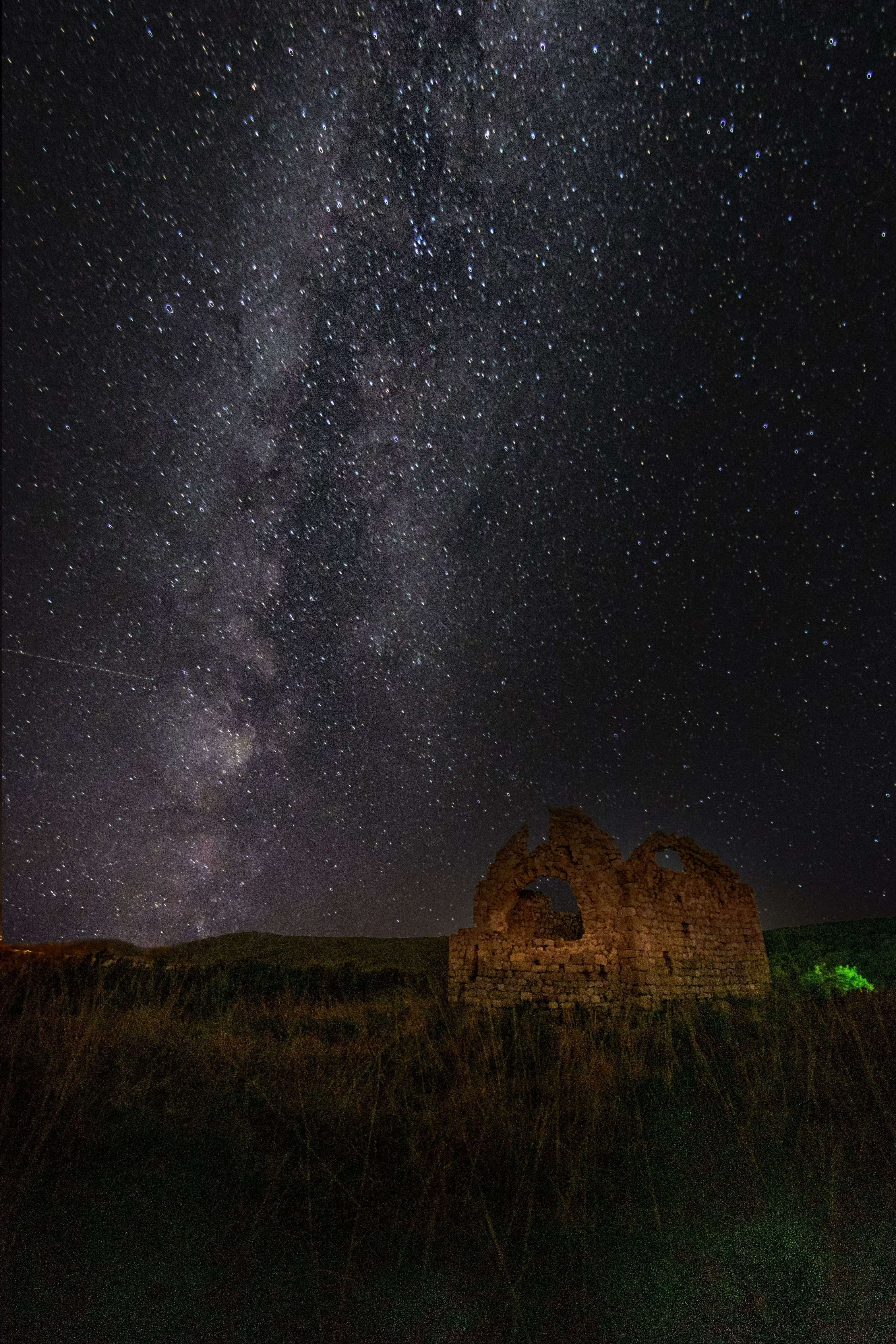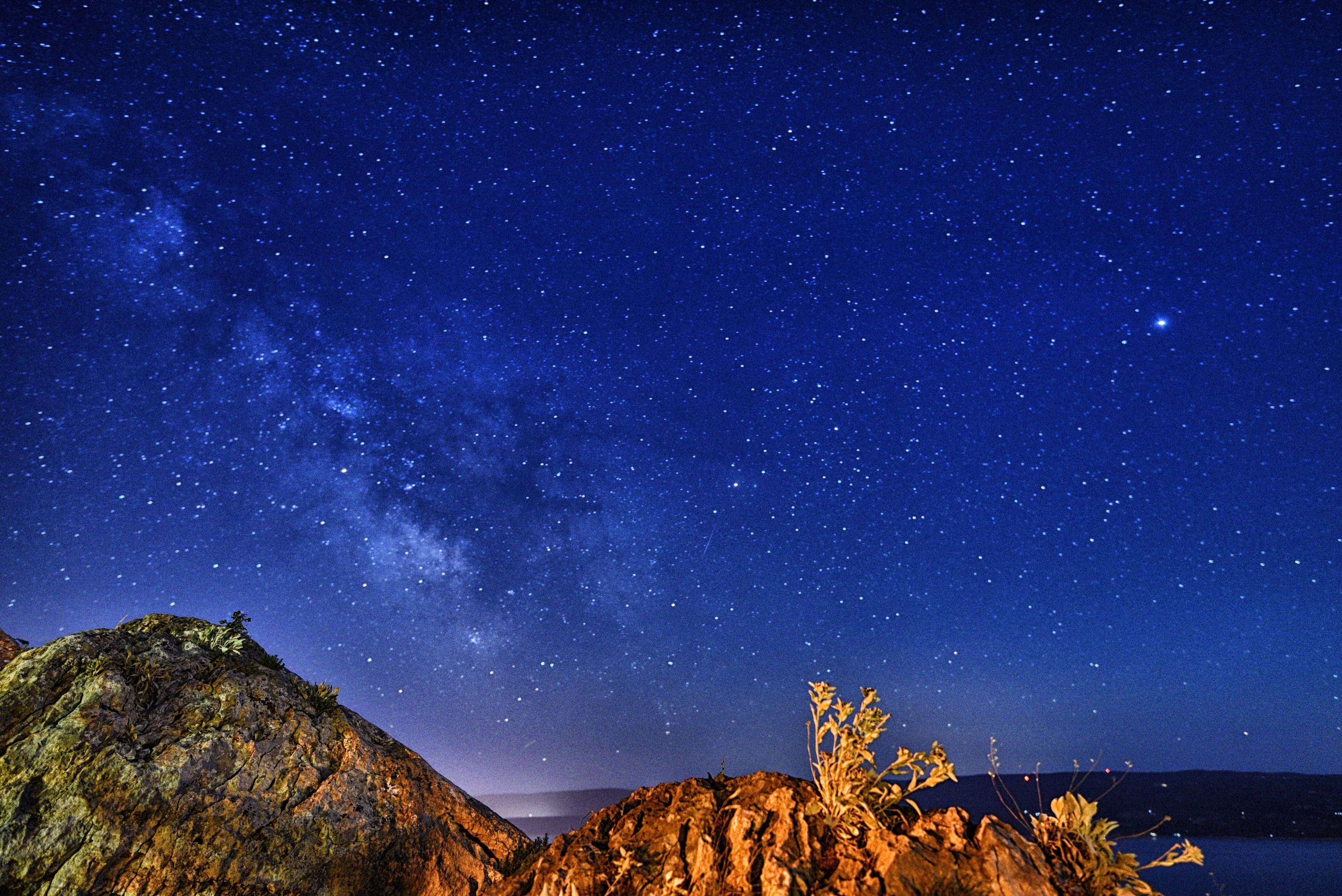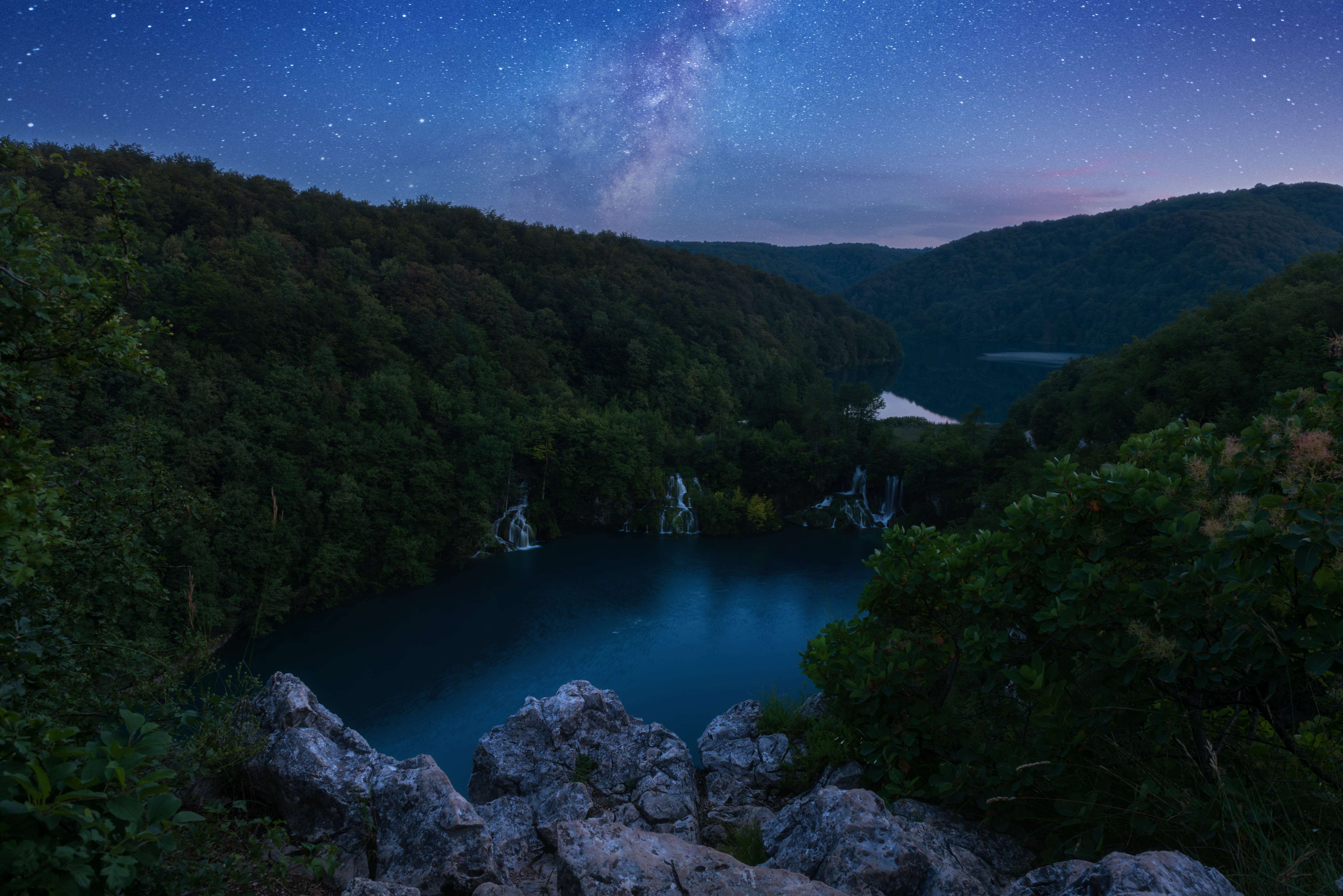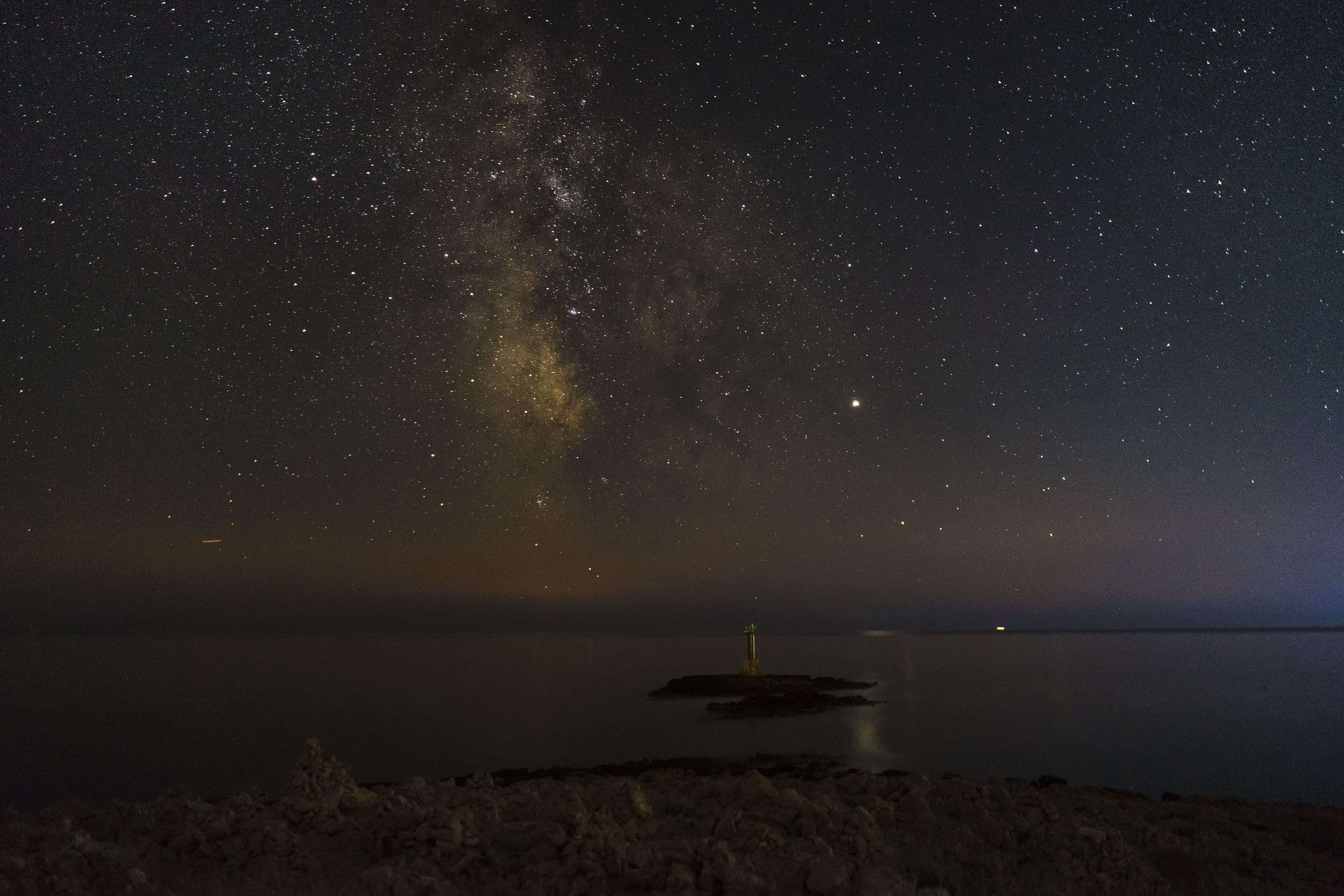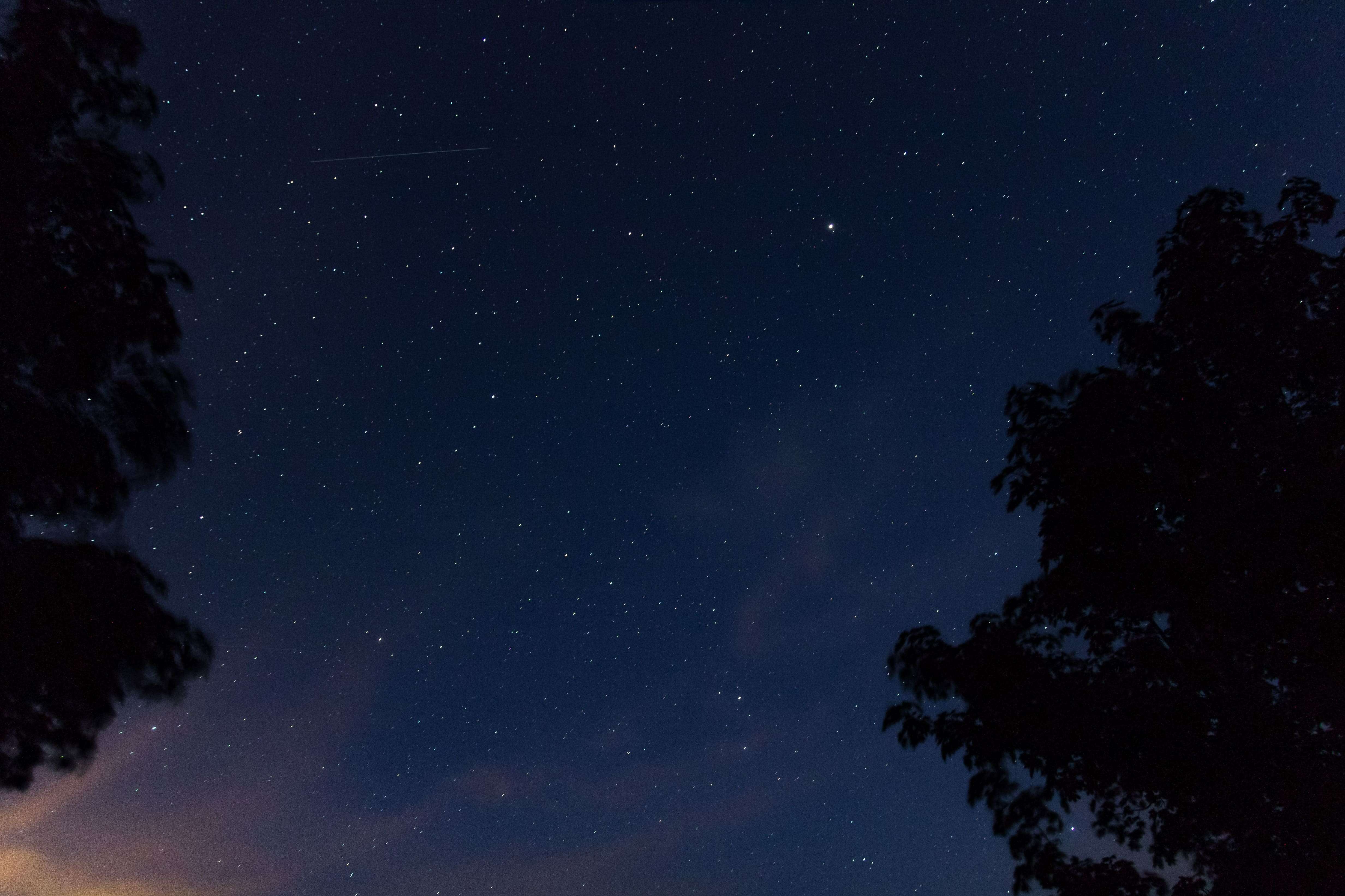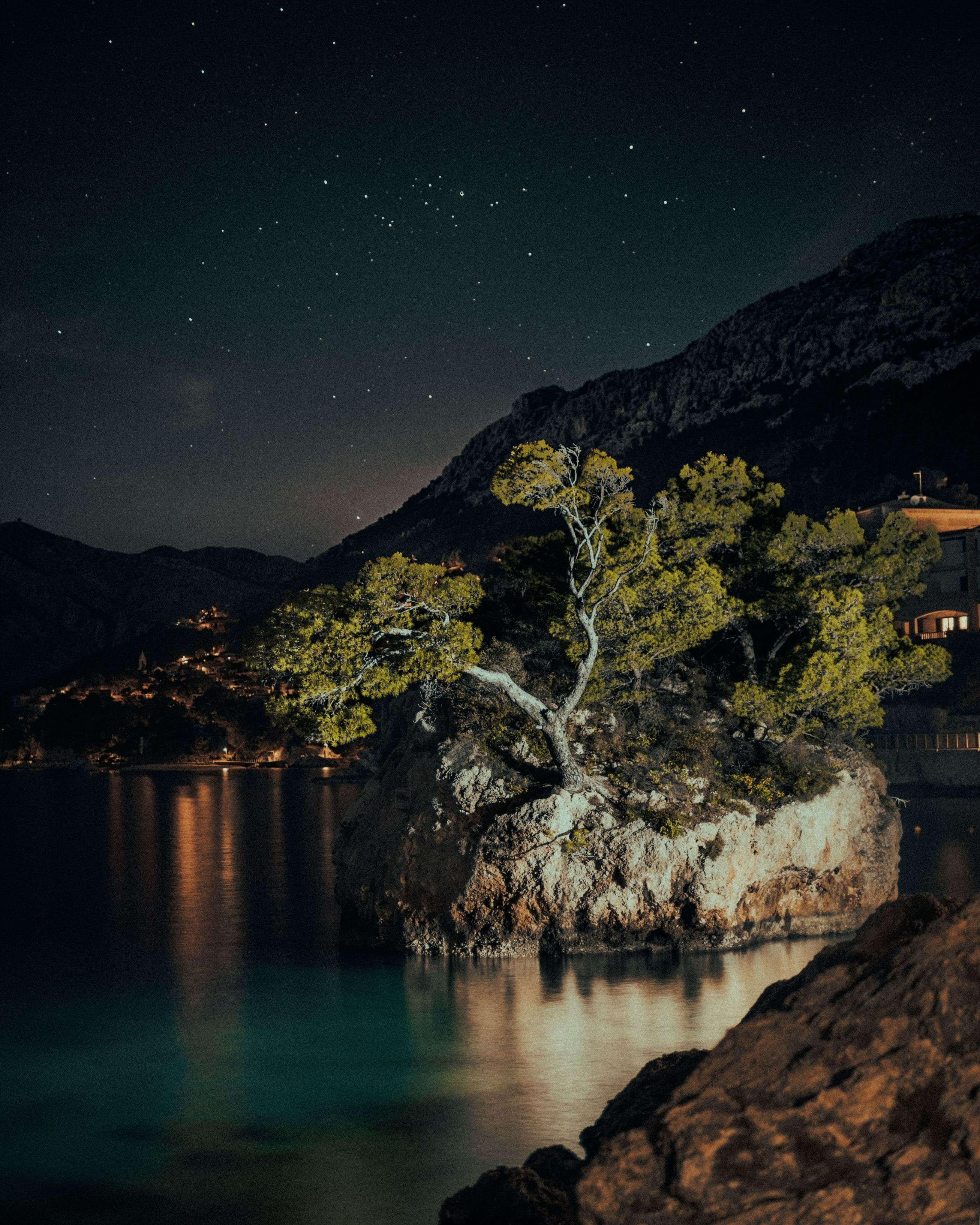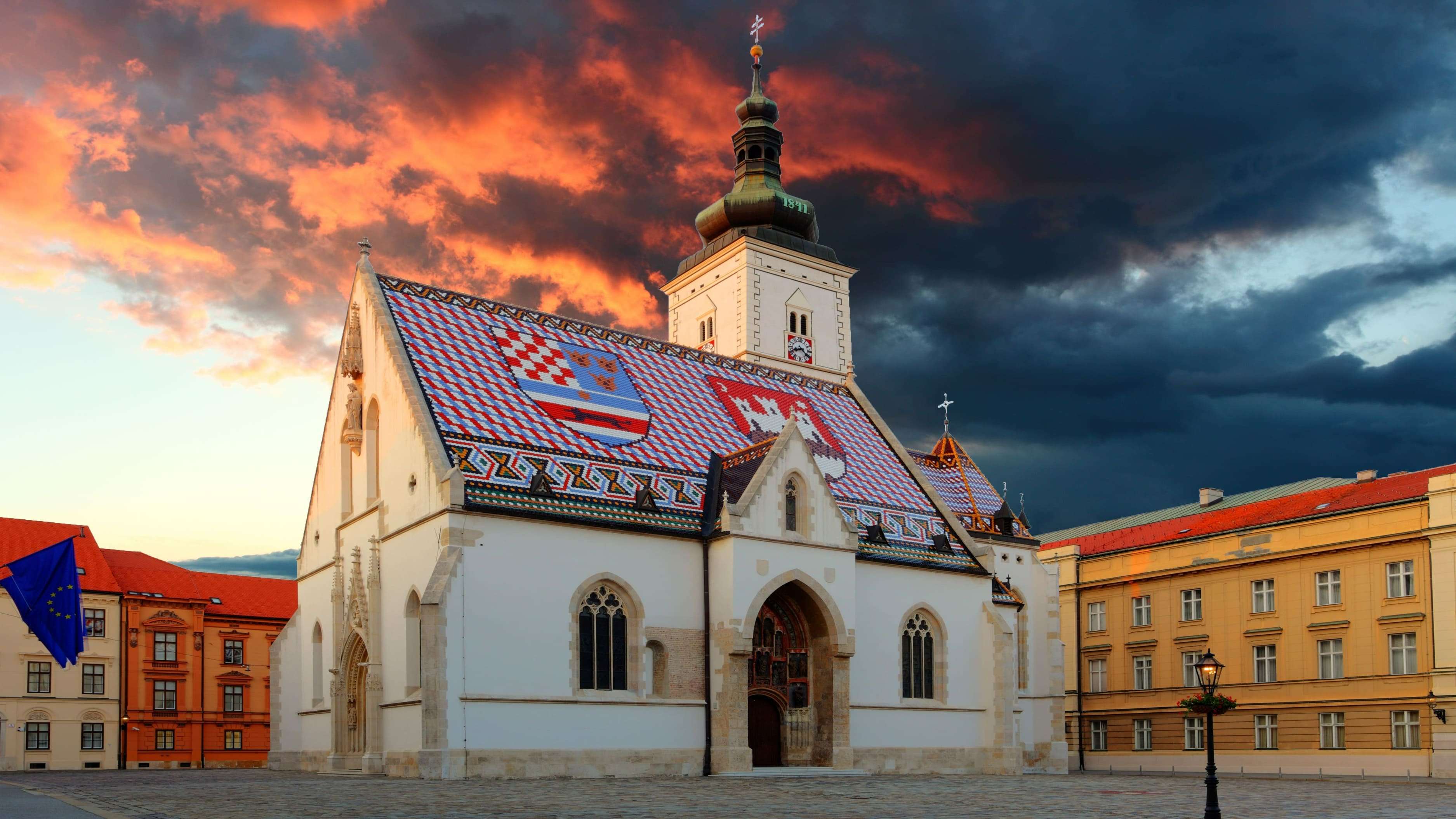Understanding an exoplanet in the context of its stellar environment is a key aspect in assessing its habitability. A key challenge in exoplanet studies is the lack of direct UV observations due to the absorption by the interstellar medium (ISM). X-ray and UV fluxes are linked through stellar magnetic activity, allowing UV output to be inferred from X-ray measurements. However, these estimates require refinement, especially considering the First Ionization Potential (FIP) effect. This effect determines coronal elemental abundances, which impacts stellar X-ray and UV line strengths. Measuring these with instruments such as Chandra, XMM-Newton, and NuSTAR can improve stellar UV reconstructions, which is crucial for exoplanet atmosphere modeling.
While much of my work has focused on hypothetical biologically active exoplanets, perhaps a more realistic approach would be studying uninhabited planets with secondary atmospheres shaped by plausible geophysical processes and realistic stellar radiation environments that have a high potential for habitability.
The key question is: How can FIP-based spectral reconstructions improve predictions of secondary atmospheric stability across stellar types and ages?
My goal would be to develop testable predictions for uninhabited superhabitable atmospheres under realistic stellar and geophysical conditions, and determine whether they are reflected in observational data—or if deviations could indicate the presence of life, either in familiar or alternative chemistries.
Stay tuned for this work!
Light, essential for photosynthesis, has shaped life on Earth around our Sun, a G dwarf star. While much focus in searching for extraterrestrial life has been on cooler red dwarf stars (M dwarfs), they pose challenges like tidal forces and intense radiation. Alternatively, K dwarf stars, abundant and longer-lived than our Sun, offer more stable environments with less radiation. Planets in the habitable zones of K dwarfs, unlike M dwarfs, are less prone to tidal locking, allowing for more stable climates conducive to life. These stars, often termed 'Goldilocks stars,' present promising candidates for potentially hosting life-supporting planets.
In the realm of my research, I explored how photosynthetic organisms behave under alternative light conditions. I conducted experiments in which I exposed these organisms to a simulated K dwarf star spectrum. The results were eagerly awaited and showed that garden cress (Lepidium sativum) had similar growth and photosynthetic efficiency under K dwarf radiation as it does under Earth's solar illumination. More intriguing was the discovery that the cyanobacterium Chroococcidiopsis sp. CCMEE 029, displayed significantly improved photosynthetic efficiency and growth when exposed to K dwarf radiation compared to standard solar conditions. These findings emphasize the potential habitability of exoplanets located within the habitable zones of K dwarf stars and highlight the importance of prioritizing these specific planetary systems in our pursuit of finding and characterizing extraterrestrial life.
You can read more on my experimental design and work with simulated K dwarf radiation in my publication here!
Studying the atmospheres of planets around K dwarf stars and analyzing their spectral characteristics is crucial to determine if these planets could support life. Despite a planet being potentially superhabitable with abundant life, this life might not be visible in observational data.
I studied planets around various K dwarf stars to assess their potential for life and detectability with the James Webb Space Telescope (JWST). Using models like Atmos and POSEIDON for the generation of superhabitable atmospheres and synthetic observational data, I found that planets receiving ~80% of Earth's solar flux (which are located at the midpoint between the center and the inner edge of the host star's habitable zone, HZ) are optimal for habitability, while those receiving 60% (located at the center of the HZ) need higher CO₂ levels to offset the lower fluxes, which may hinder life. The closer-in planets are also easier to observe, requiring significantly fewer transits for biosignature detection than Earth-like planets around Sun-like stars or planets at the centers of the HZs around K dwarf stars. Although JWST's mission duration limits such studies, I highlight the need for next-generation telescopes like ELT to target these superhabitable worlds. You can read the full study here!
At the end of the last century, technological advances made it possible to detect planets outside our solar system. Since the discovery of the first extrasolar planet by Mayor & Queloz in 1995, over 4000 such planets have been confirmed. Many of these are super-Earths orbiting M dwarf stars, which make up around 75% of all the main-sequence stars in the Milky Way Galaxy. This has led to questions about the characteristics of these worlds and the potential for extraterrestrial life. Discussions about planetary habitability often focus on life as we know it on Earth, where molecules like oxygen, nitrous oxide, and methyl chloride are considered biosignatures because they require biological processes to be present in significant amounts. Methane, while produced by biological sources, can also form through abiotic processes, making it a less reliable biosignature on its own. Instead, the simultaneous presence of multiple gases such as ozone, water, and carbon dioxide is considered a strong indicator of life, known as the "triple signature." The detection of both methane and oxygen would also suggest biological activity, as these gases typically react and reduce each other's presence.
The study of exoplanetary atmospheres must also consider the possibility of "false positives" and "false negatives" in detecting life, where abiotic processes might mimic biological signatures or where life might be present but undetected. To better understand the impact of life on a planet's atmosphere, we use "dead" Earth scenarios as benchmarks. Using 1-D coupled climate-chemistry models, I explored scenarios with reduced oxygen, no biomass, and varying carbon dioxide and humidity levels around the M dwarf star AD Leonis. We find that biomass significantly influences atmospheric composition, particularly for gases like chloromethane, which serves as a good biosignature due to its strong dependency on biological activity. We also find that changes in carbon dioxide and surface relative humidity impact planetary transmission spectra more than oxygen levels or biomass alone. The detectability of gases like methane and oxygen is feasible under certain conditions using advanced telescopes like the Extremely Large Telescope (ELT). To read more about this study, click here!
When we talk about life outside our planet, it's crucial to understand how life has evolved on Earth over time. Not because we expect potential extraterrestrial life to be just like us, but because we need a benchmark for comparison. Earth is our only known planet where life not only emerged but also spread and really thrived. Our planet has an incredibly intricate mix of different life forms and ecosystems, and each one has left its own mark in our atmosphere and on the surface.
Earth's cycles—like carbon, nitrogen, and water—have shaped our world into a cozy place for life. Studying these cycles helps us figure out if similar processes are happening on other planets out there. Earth has also had some catastrophic periods, with asteroid impacts and volcanic eruptions. Understanding how life bounced back from these events teaches us about its robustness and how it might survive in various conditions.
This is why I studied the Phanerozoic environmental factors, like oxygen levels, global surface temperatures, runoff rates, and carbon dioxide levels, shaping a detectable biosphere. The findings aid understanding of exoplanetary biospheres, guiding our search for extraterrestrial life through space missions and observations. You can read more about my work on using Earth’s natural history as a framework for habitability here and here.
